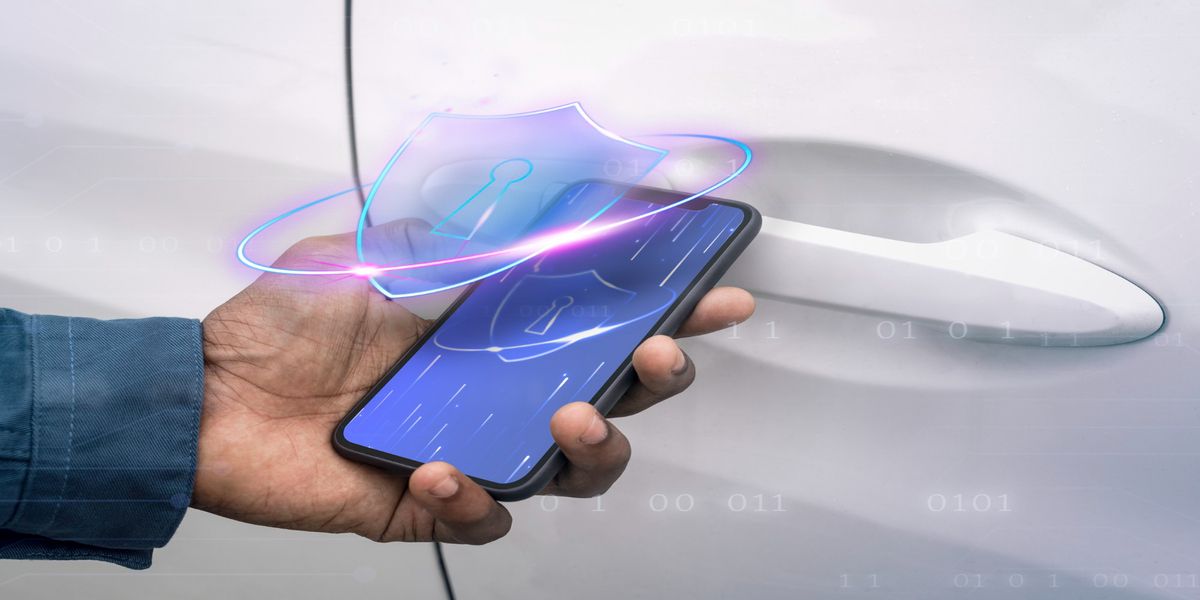Building Trust Through Mobile App Security

For many firms, mobile applications have been one of the most important sources of revenue. Their estimated revenue for 2023 is $935 billion, up from close to $693 billion in 2021. App security is a must, not an extra or a perk. A single event might cost your company millions of dollars in addition to a lifetime of trust. According to the Mobile Security Report 2021, 46% of employees downloaded at least one harmful application, and 97% of the firms had experienced mobile-related assaults.https://topitcompanies.co/categories/app-developers/
Criminals can get our name, age, home address, account details, and even our specific position within a few meters with just one break-in. Extremely sensitive information is sent by enterprise apps, and hackers are always looking for it. With such sensitive data at risk, app development companies must take all reasonable precautions to safeguard their users and customers.
10 Techniques for App Developers to Include Security
1. Write a Secure Code
The bulk of hackers use coding flaws and bugs as a point of entry into a program. Over 11.6 million mobile devices are reportedly being affected by malicious programs at any given moment, according to research. To try reverse engineering and code modification, all they want is a public copy of your program.
Be mindful of the security of your code from the beginning and make it difficult to crack. Repeatedly test, and when bugs are found, fix them. Keep your code flexible so that it gets modified by the user after a breach. Make use of code signing and code hardening.
2. User Authentication
User-generated content (UGC) contributions are most prevalent in mobile applications. Without a suitable user authentication mechanism in place, UGC gets vulnerable to cyberattacks. Through UGC, they can easily insert harmful code once they have access to user accounts. Using social engineering tactics, hackers get users' sensitive information.
You can utilize user authentication techniques like multi-factor authentication in this situation. With one-time passwords, tokens, security keys, or other methods, there is an additional layer of protection compared to the conventional authentication procedure.
As an illustration, a two-factor authentication system enables users to confirm their identity using the OTP they get on their smartphones. Compliance is a crucial component of mobile app security.
3. Encrypt All Data
Every piece of data transferred through your app must be encrypted. Encryption is the process of transforming plain text into a jumbled alphabet soup that only those with the key can decipher. This implies that even if data is taken, criminals cannot read it and exploit it for their own purposes.
When agencies like the FBI and NSA are discovered requesting authorization to access iPhones and interpret WhatsApp communications, you can see the need for encryption. Hackers can't get through if they can't do it on purpose.
4. Integrity & Compliance
Any mobile app must meet standards and pass security checks before it can be deployed. Under the guidance of the app store, there can be certain security precautions that the app development company must adhere to. These controls may be for an app's download and installation procedure.
App developers can submit their apps to the store after having their identities and the app's security specifications verified. The program can be downloaded if everything complies with the operating system's requirements.
App stores are used by modern smartphones to distribute code-signed programs to users and other software. This procedure makes sure a platform only delivers apps that have been thoroughly reviewed.
Although this can sound difficult, several code sign solutions on the market make it simple. To assure compliance and integrity, you can also easily obtain an inexpensive code signing certificate for your application.
This certificate assists app developers in encrypting identity-related data, which is afterward decrypted using a public key made available to consumers. It demonstrates that the code was created without modification and that its publisher is legitimate. The application programming interfaces, or APIs, are another part of app security that you should be aware of.
5. Approach libraries with extra caution
When using third-party libraries, exercise extreme caution and carefully verify the code before including it in your application. Despite their usefulness, certain libraries can be quite dangerous for your app's security.
For instance, a security hole in the GNU C Library can let hackers remotely run harmful code and bring down a machine. And this weakness went unnoticed for more than seven years. App developers should use controlled internal repositories and policy controls during purchasing to protect their apps from weaknesses in libraries.
6. Security Triggers
If someone tampers with the application source code, you may use customized triggers to notify your systems. For instance, AWS Lambda functions may be used to guarantee malware injection or app tampering notifications for cloud-native applications.
7. Data Privileges
Finding data privileges is another approach to guarantee that your application is not vulnerable to harmful cyberattacks. When giving restricted users access to sensitive data, employ the least privilege technique. This will prevent someone with bad intentions who lacks data access from gaining access to sensitive data.
8. Repeatedly test
The task of protecting your app never stops. New risks are developing, necessitating new answers. Spend money on threat modeling, penetration testing, and emulators to regularly check your apps for flaws. These should be fixed in each update, and updates should be made available as needed. Security will soon be more important to an app's success than its usability or appearance. The aforementioned advice will help you maintain both client and user satisfaction while keeping your program as safe as an oyster.
9. Securing Packaging
Security keys are one of the most important components of encryption. Avoid keeping security keys in local data centers if you are encrypting data for your application.
You can utilize secure containers to store these keys because the majority of enterprises employ the hybrid cloud method to store sensitive information in nearby data centers. For instance, to protect the security of such keys, you can use cutting-edge security methods like 256-bit AES encryption with SHA-256 for hashing.
Conclusion
Mobile app security is of utmost importance in today's digital landscape. As mobile apps continue to play a significant role in our lives, ensuring the safety and protection of customer data is crucial.
With the continuous advancement of technology and the increasing sophistication of cyber threats, staying vigilant and proactive in implementing security measures is essential for providing a safe and secure mobile app experience for customers.
Hyperlink InfoSystem - Most Trusted End-to-End development Solution Provider.
Write For Us





